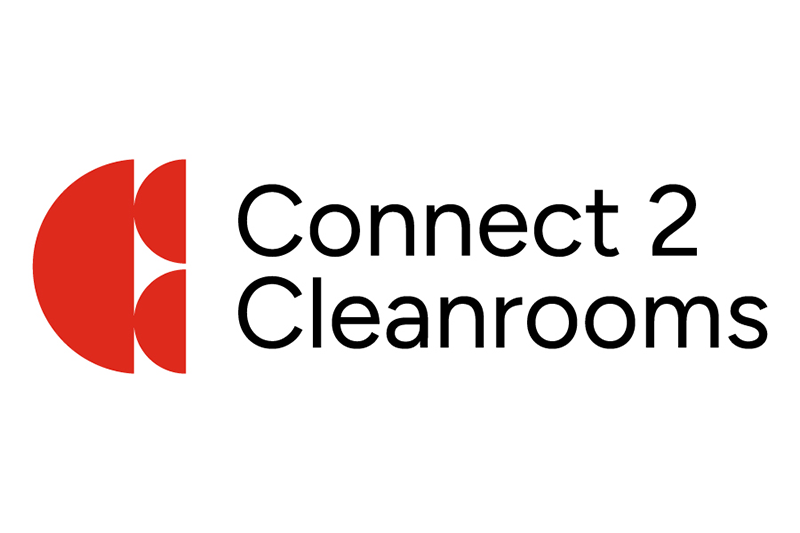To support companies in creating COVID-secure workplaces, the UK government published guidance on returning to work with tailored advice for many sectors, including laboratory and research facility settings.
As an integrated cleanroom service provider, Connect 2 Cleanrooms (C2C) has thoroughly reviewed the guidance for laboratories and research settings to give practical advice on how a COVID-secure cleanroom or lab workstation can be achieved.
Reintegrating operators to the workplace during the COVID-19 pandemic presents an opportunity for all cleanroom users to reinforce standard 'best practice' whilst introducing additional safety measures such as replacing existing filter media, installing cleanroom-compatible safety screens and adding extra work stations.
C2C remains available to support organisations in not just protecting product and process, but colleagues too.
Cleanroom validation & air handling
In section 5.1 Before reopening, the document states that "restarting and testing equipment which may have been unused for a longer than usual period of time" is a step that will usually be needed.
As you plan to re-establish your workplace, cleanroom facility owners will need to consider how they will qualify that their facility is operating in accordance with the regulatory guidelines it was built to comply with. The best way may be to bring forward your cleanroom validation.
Practical steps to reduce risk:
- A full re-validation or interim validation test
- Using monitoring equipment to conduct a series of tests, i.e. airborne particle counts
People and their behaviours
When looking at creating a COVID-secure workplace and workstation, the guidance recognises that R&D settings may need to share equipment, but it asks that it is shared by the "smallest number of people" who should keep 2m apart. If your current workstations don't achieve this, you will either be required to manage your occupancy levels by staggered shifts, or increase your cleanroom footprint to increase capacity.
Practical steps to increase & protect workstations:
- Increase cleanroom capacity with a quick-to-production modular cleanroom or cleanroom extension
- Increase workstations with laminar flow units - inside or outside an existing cleanroom
- Increase workstations with additional tables and chairs
- Protect workstations with cleanroom compatible work protection screens
Cleanroom maintenance
In section 3.3 Workplaces and workstations, the advice is to ensure "appropriate air handling and filtering systems are installed and maintained in high risk areas where there is a risk for airborne particles."
There is increasing evidence that although the virus itself is sub-micron in size, it is predominantly spread through droplets and not as an aerosol. On this basis, HEPA and ULPA filters should assist in removing these airborne particles.
This highlights that the filter media must be operating at the efficiency level they were designed to. Filter media failure could mean that contaminated air is being introduced through the air handling system, putting people and process at serious risk.
Practical steps to reduce risk:
- Filter integrity testing
- Consider your filter media replacement schedule, more regular replacement would reduce failure risks
- Take regular particle counts to identify any increases which could indicate filter failure
- Will your maintenance plan need to be updated to protect operatives?
Cleanroom design & layout
Using a risk-based approach, it is recommended that organisations should review who needs to be in the cleanroom and how they flow through the facility. A one-way path is encouraged as it prevents face-to-face passing and it makes it easier to achieve social distancing in narrow spaces such as corridors or change areas.
Many cleanrooms already follow a one-way system that optimises process flow. Those that don't, may find that implementing such a system will generate process efficiencies, as well as reducing the risk of transmission or contamination. As always, any new systems should be the result of a thorough risk assessment.
Extra work station furniture may be required if existing workspaces are too close together. If it is not possible to increase capacity or keep 2m apart, the advice is to "take all mitigating actions possible to reduce the risk of transmission."
Mitigating actions:
- Use work station protection screens to separate people from each other
- Arrange people "to work side by side or facing away from each other rather than face to face"
- Stagger shifts and review entry procedures and storage space in change areas and critical entry points.
- Think about adjusting internal communication policies to avoid unnecessary movement. For example, consider allowing mobile phones into non-critical areas to avoid unnecessary movement
- Increase hand sanitising stations to allow for effective hand hygiene
Cleaning and disinfection
In section 5.2 Keeping the workplace clean, the document states the objective is to "keep the workplace clean and prevent transmission by touching contaminated surfaces." In labs and cleanrooms, the focus usually lies on protecting the process, so there may be some adjustments that need to be made to shift the emphasis onto protecting people.
- Frequent cleaning of workstations between uses, using usual products
- Determining cleaning processes or protection for personnel and equipment
- Frequent cleaning of objects and surfaces
- Clearing workspaces and removing waste and belongings after each shift

